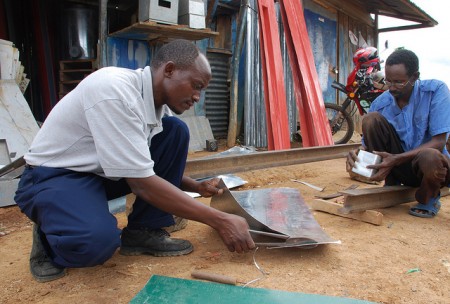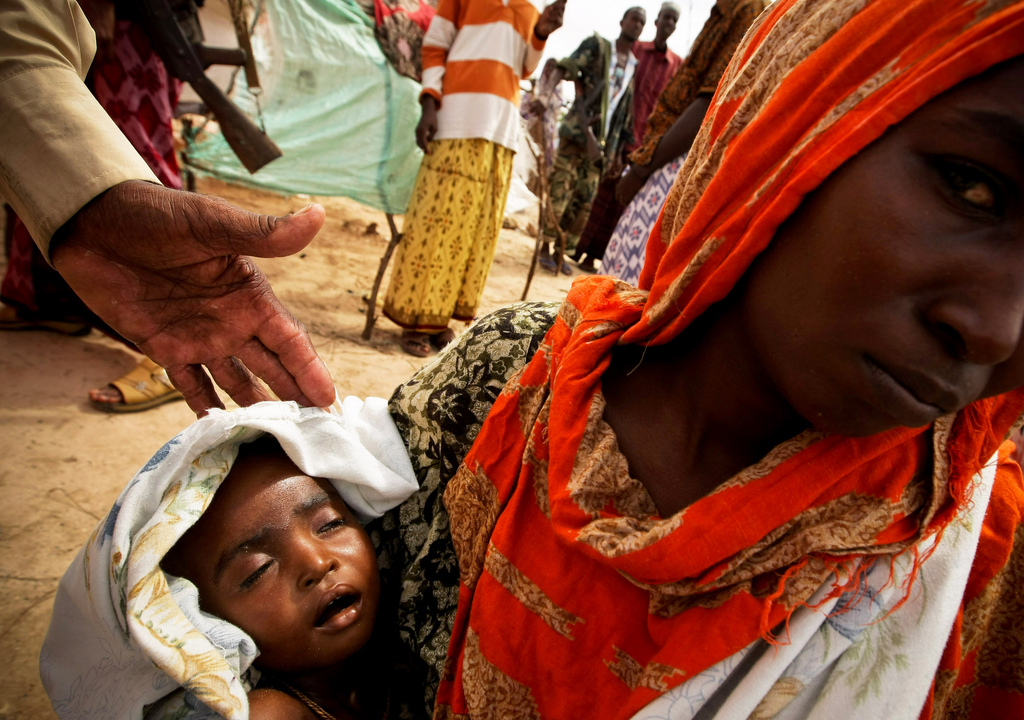 “The 2010 Haiti earthquake response will be remembered as the moment when the level of access to mobile and online communication enabled a kind of collective intelligence to emerge.”
“The 2010 Haiti earthquake response will be remembered as the moment when the level of access to mobile and online communication enabled a kind of collective intelligence to emerge.”
Last week, The UN Foundation, the Vodafone Foundation and Office for the Coordination of Humanitarian Affairs (OCHA) published a report on the future of information sharing in humanitarian emergencies. The paper examines the role of volunteer and technical communities (dubbed “V&TCs”) in providing information to aid agencies on the ground.
Paradoxically, aid workers in Haiti last year faced two opposite problems. At first, they lacked the most basic sources of information – even the UN offices had been destroyed and many employees had perished. In no time, internet communities mobilized to fill the gap, collecting data online, from satellite images or from SMS.
But then, established humanitarian institutions – and especially UN agencies – had no procedure in place to integrate such masses of external information, and overstretched aid workers soon faced a state of information overload.
Some NGOs focussing on information services in emergencies existed before the Haiti earthquake (e.g. MapAction, Télécoms Sans Frontières, Sahana). According to the report, the earthquake triggered a boom last year. Some of the key V&TCs involved in Haiti it mentions are OpenStreetMap, CrisisMappers, Crisis Commons, the 4636 Alliance and Ushahidi.
“Disaster Relief 2.0” raises several issues regarding the management of information in international emergencies, especially with a view to better exploiting the potential of V&TCs. From the established humanitarian system’s point of view, reliability and professionalism are core values that can be problematic in loosely organized volunteer communities.
On the other hand, those communities have the potential to help solve the current humanitarian system’s “data silos” problem. Coordinated by OCHA, humanitarian relief is organized around clusters (shelter, health, nutrition, etc…). According to the report, proprietary information systems and individual standards are major impediments to the exchange of data between those clusters and with actors external to the system such as V&CTs.
The arrival of these internet communities on the scene is likely to make the silos crumble. They will bring their open source and semantic web philosophies, hopefully fostering the development of open standards and structured data. Humanitarian aid 2.0 is on its way, hold on!





